Affiliate links on Android Authority may earn us a commission. Learn more.
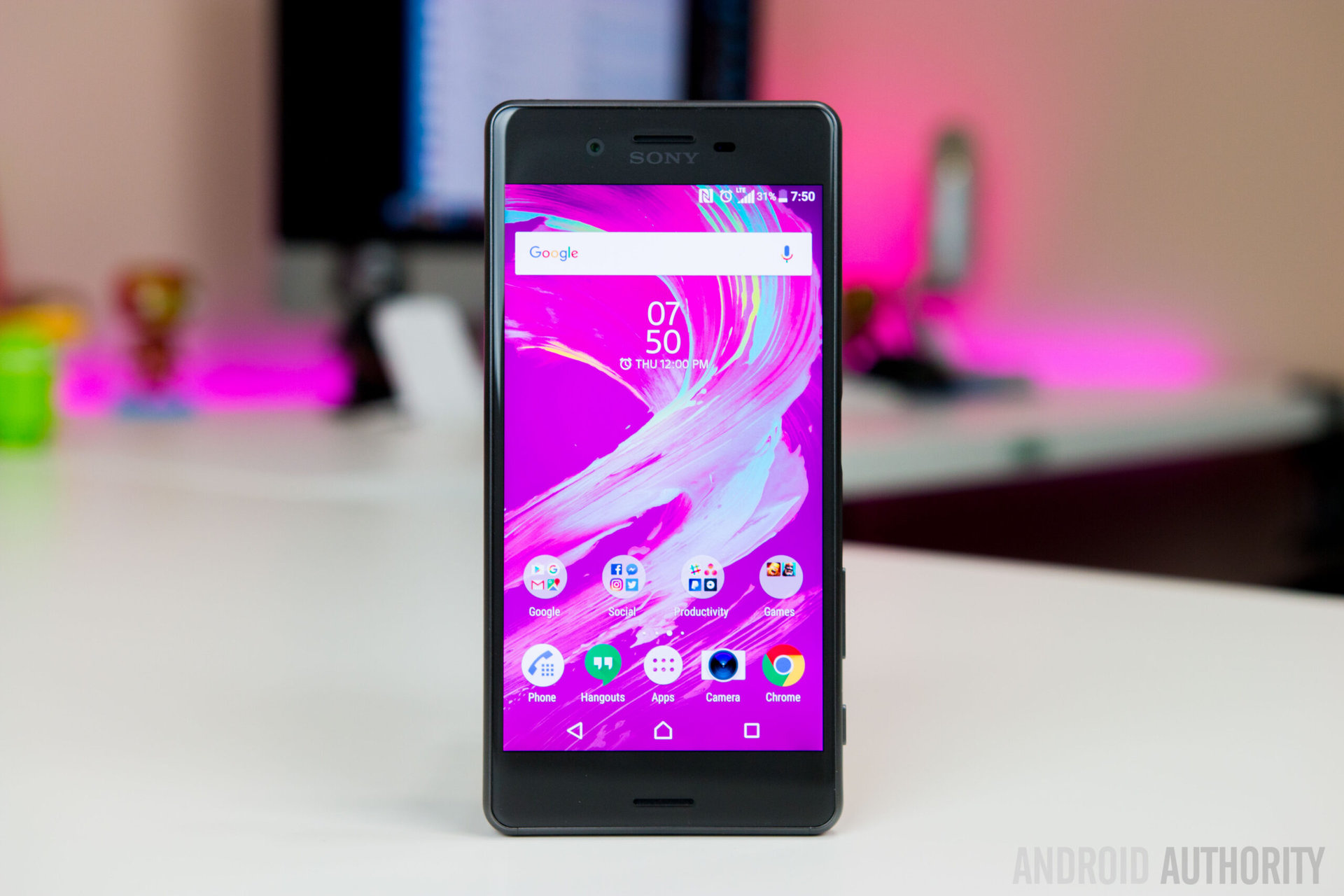
Sony Xperia X Performance
What we like
What we don't like
Our scores
Sony Xperia X Performance
It’s no secret that Sony has been floundering of late, despite its flagship Xperia Z line being quite impressive. However, an odd release cycle, pricing strategy, and limited availability have all resulted in the company struggling to make an impact in the ultra-competitive high-end market. Sony is hoping to shake things up with a new smartphone series introduced back at MWC 2016, that takes the Xperia X moniker, with three devices that cover the low-end, mid-range, and high-end smartphone spectrum.
Among the three, the Sony Xperia X Performance is the flagship, but does this device prove to be a worthy successor to last year’s Xperia Z5 and Xperia Z5 Premium, and does it provide the injection of freshness that Sony needs to herald a reversal of fortunes? We find that out, and more, in this comprehensive Sony Xperia X Performance review!
Design
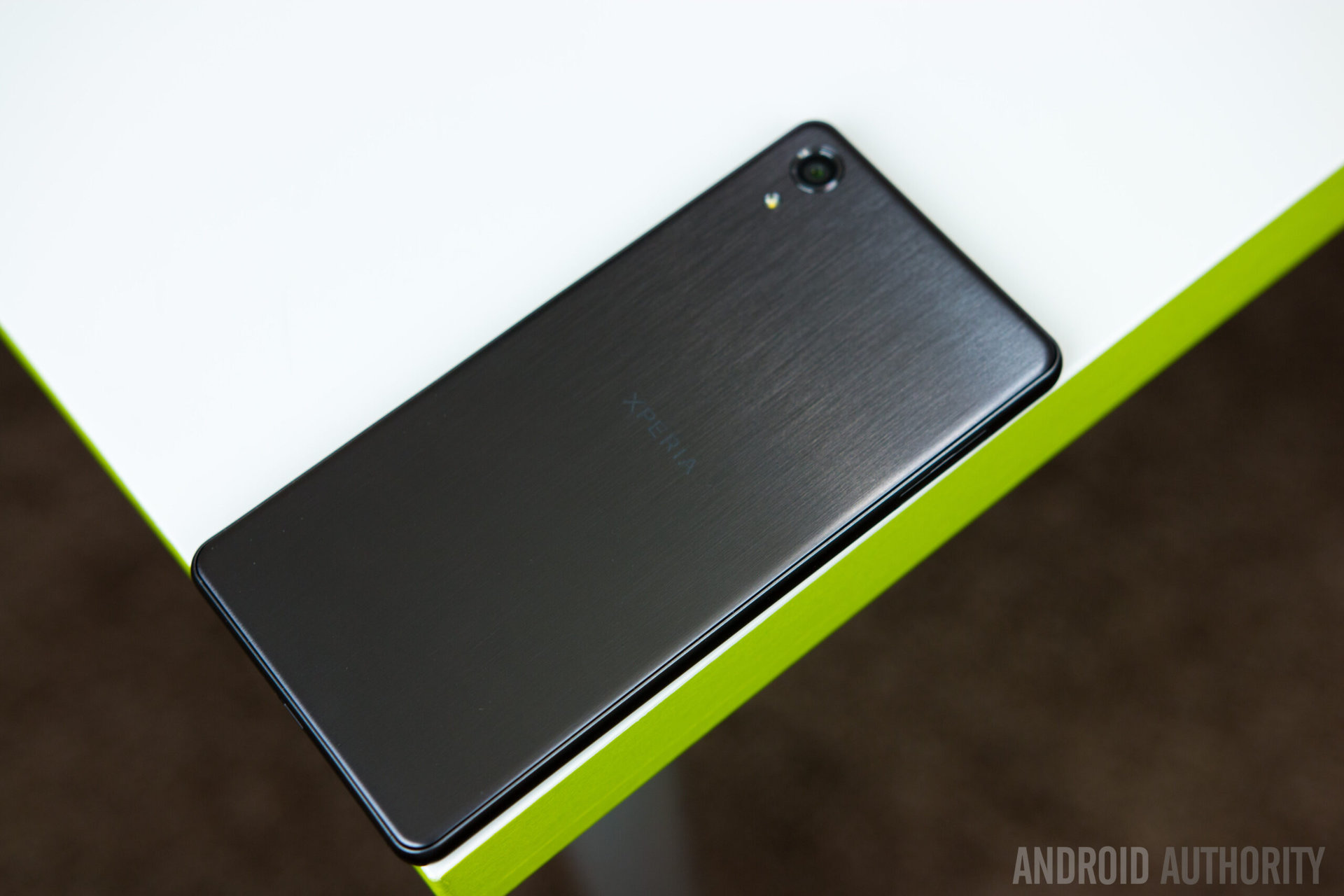
Sony may be done with the Xperia Z line, but the company is having a hard time letting go of the past, as is quite evident when looking at the design language of the Xperia X series. What you get with the Xperia X Performance is the familiar rectangular slab design, with slightly rounded corners and tapered edges along the sides.
One change that has been made though, is in terms of build quality, with Sony moving on from a metal and glass build to a full metal unibody construction, with the back now sporting a brushed metal finish. The overall build does feel very solid and sturdy, but as was also seen with the LG G5, the backing doesn’t exactly offer the feel that you’d expect from a metal phone. The device isn’t particularly light, weighing around 165 grams, but somehow feels hollow, as if the internals aren’t quite filling up all the space inside.
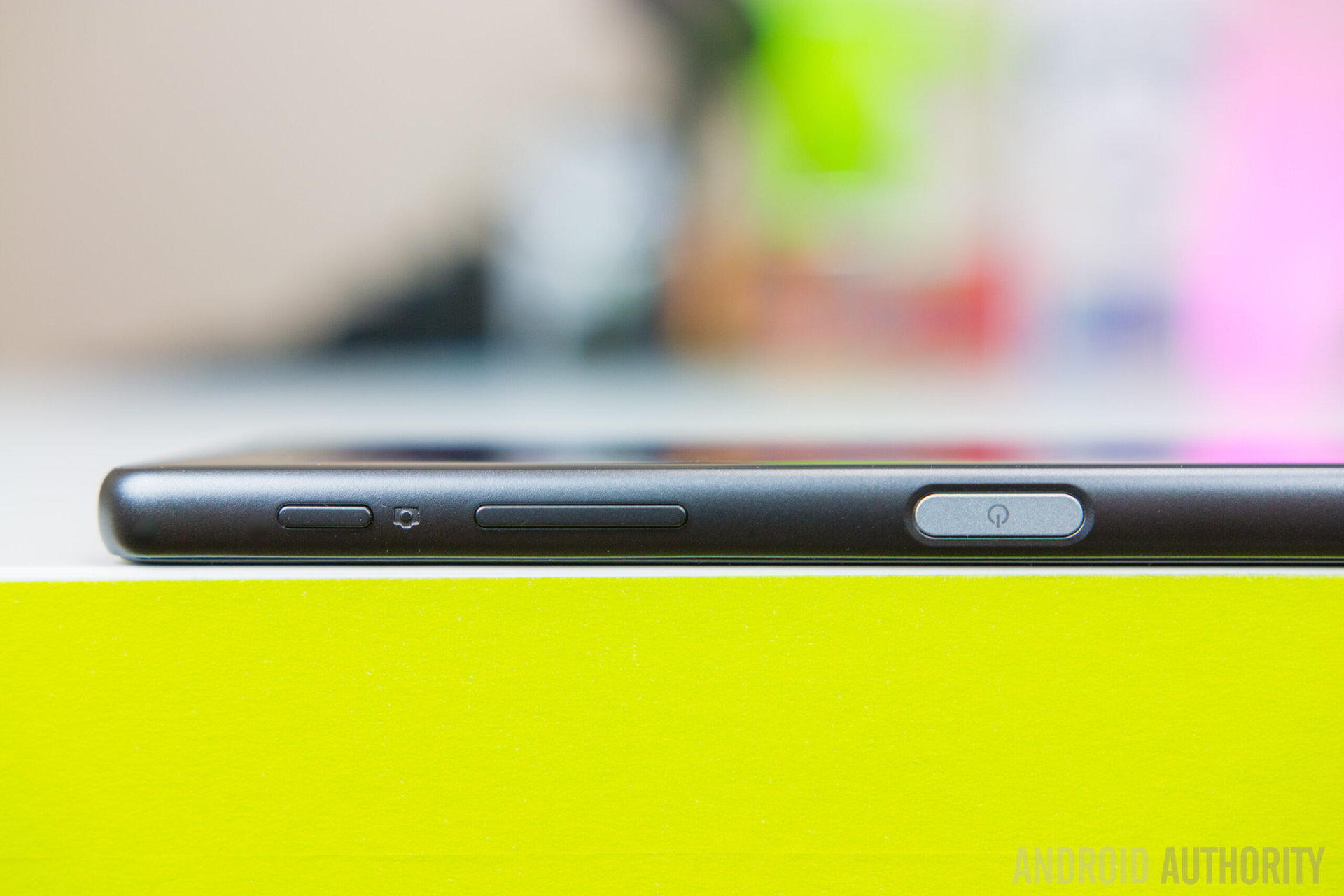
Looking around the phone, the power button is centrally located on the right side, and below it is the volume rocker and the dedicated camera shutter button. Unfortunately, the volume rocker and the camera shutter button offer no tactile feedback at all, which makes them feel extremely cheap. The placement of the volume rocker isn’t ideal either, and while it makes sense – as it can be used to control the digital zoom when using the camera – it’s still extremely awkward to get to, and makes something like taking a screenshot quite difficult. The headphone jack and microUSB port are at the top and bottom respectively, with the SIM card and microSD card slot on the left side.
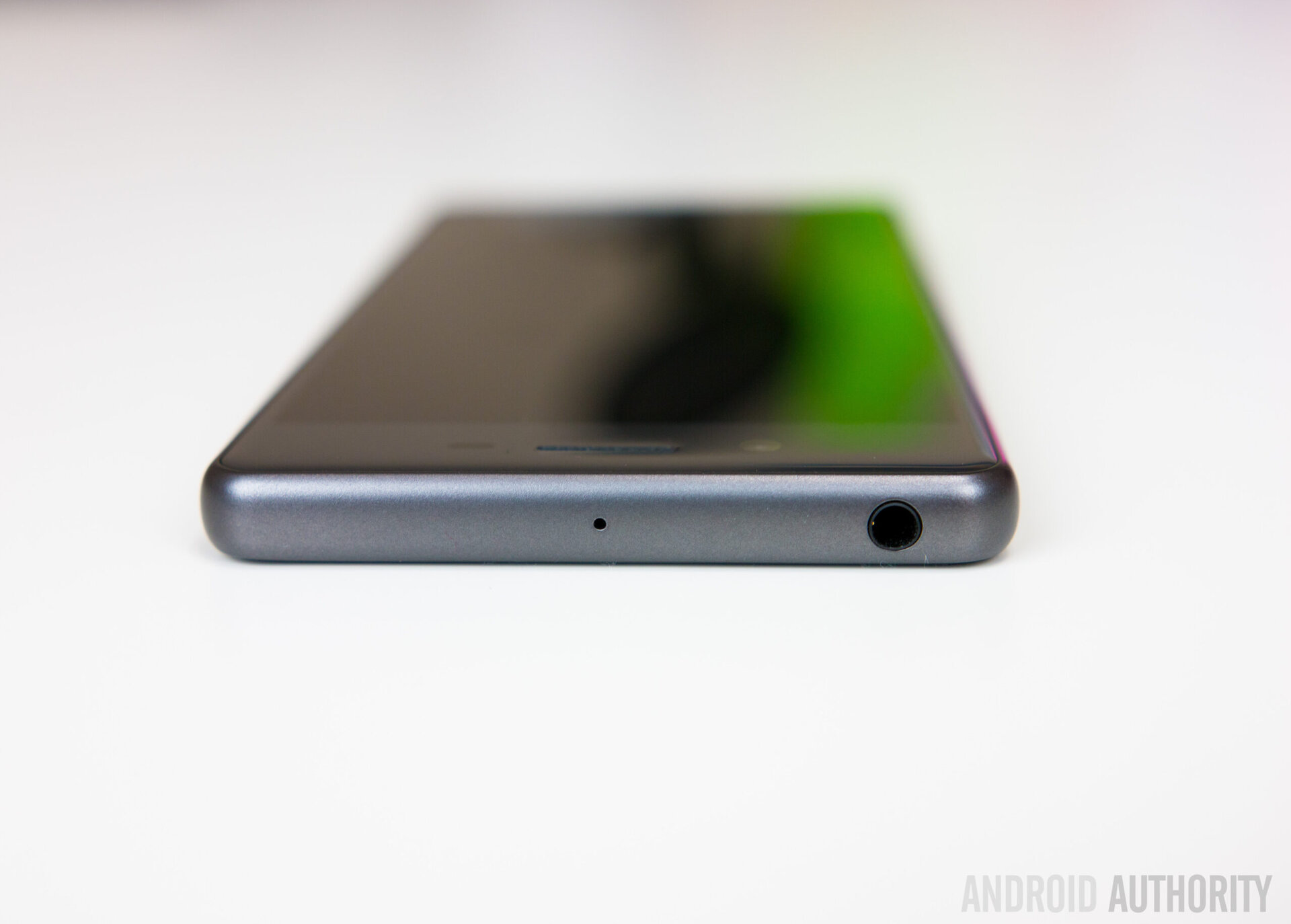
The device does feel very nice in the hand, and its relatively compact size, courtesy of a 5-inch display, allows for a very comfortable handling experience, something that is harder and harder to get, with most current generation smartphones skewing towards the larger side. The design is nice, albeit familiar, but not without its quirks, which is quite disappointing for a device that is priced the way the Xperia X Performance is.
Display
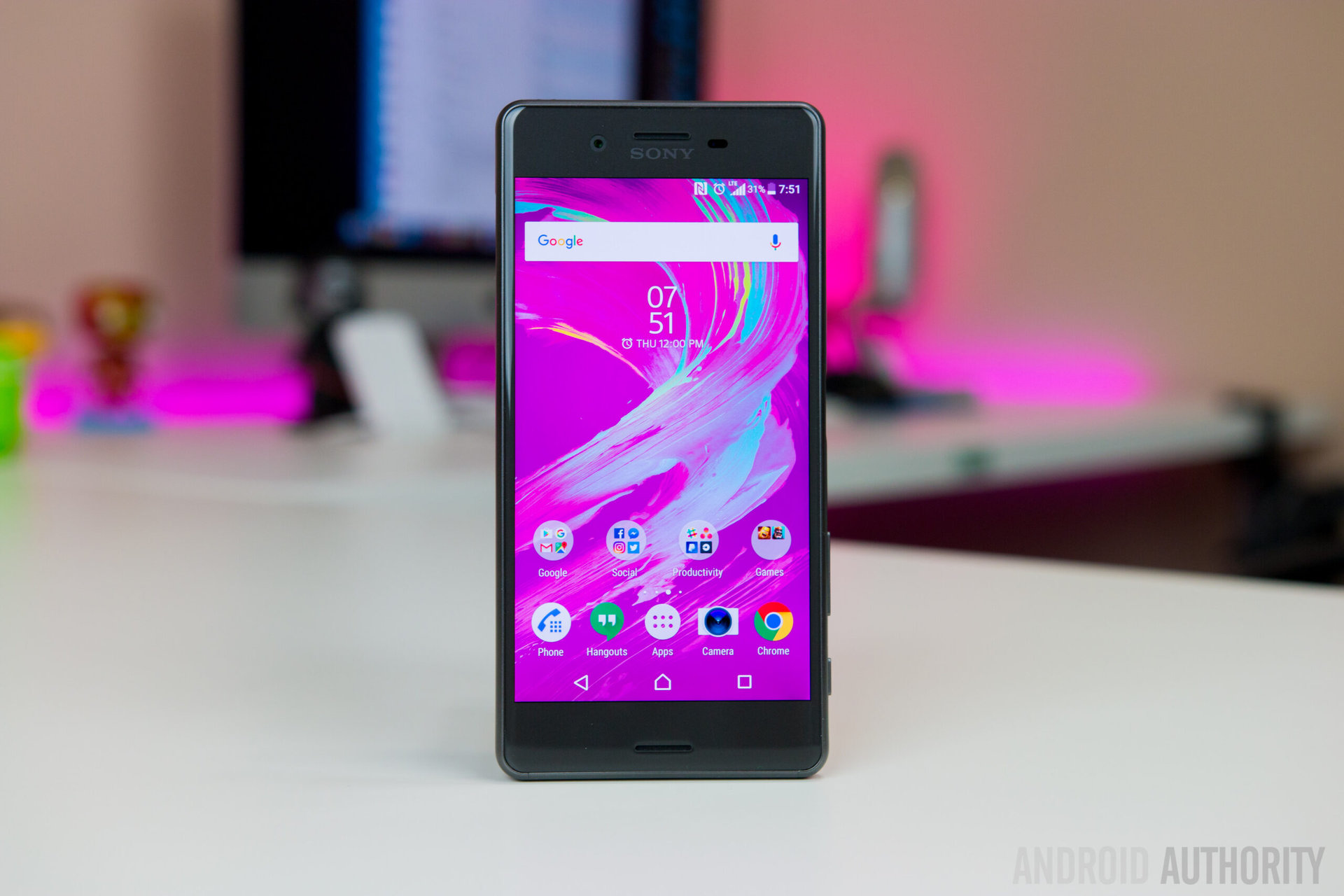
The Xperia X Performance comes with a 5-inch IPS LCD display with a Full HD resolution, resulting in a pixel density of 441 ppi. The general expectation from our flagship smartphones now is to see a Quad HD display, so Sony’s decision to stick to 1080p is quite divisive, but with this display size, it more than gets the job done.
The display is extremely sharp, colors are vibrant, the brightness is more than enough to allow for easy outdoor visibility in broad daylight, and the viewing angles are good. Just like previous Sony smartphones, you also have the option to tweak the white balance and the vibrancy to whatever best suits your needs.
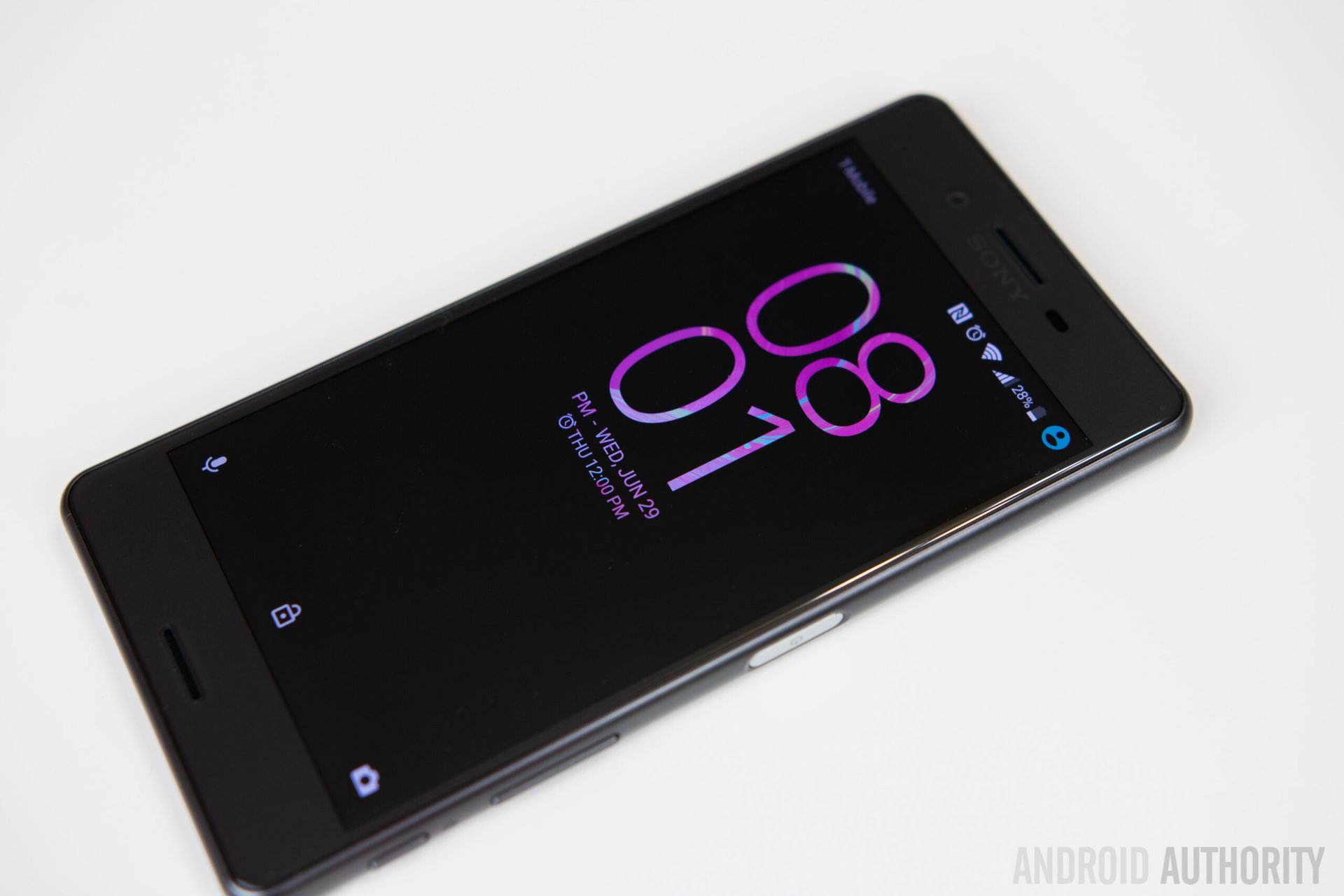
This is a very good looking screen, and there is nothing inherently wrong with it, but this is an expensive phone, and every other smartphone that falls in this price range feature Quad HD displays, to a point where it has become the current standard. It doesn’t make a lot of sense why Sony decided to stick to 1080p, and becomes especially puzzling when you consider that this is the same company that released the first smartphone that featured a 4K resolution display last year.
Performance
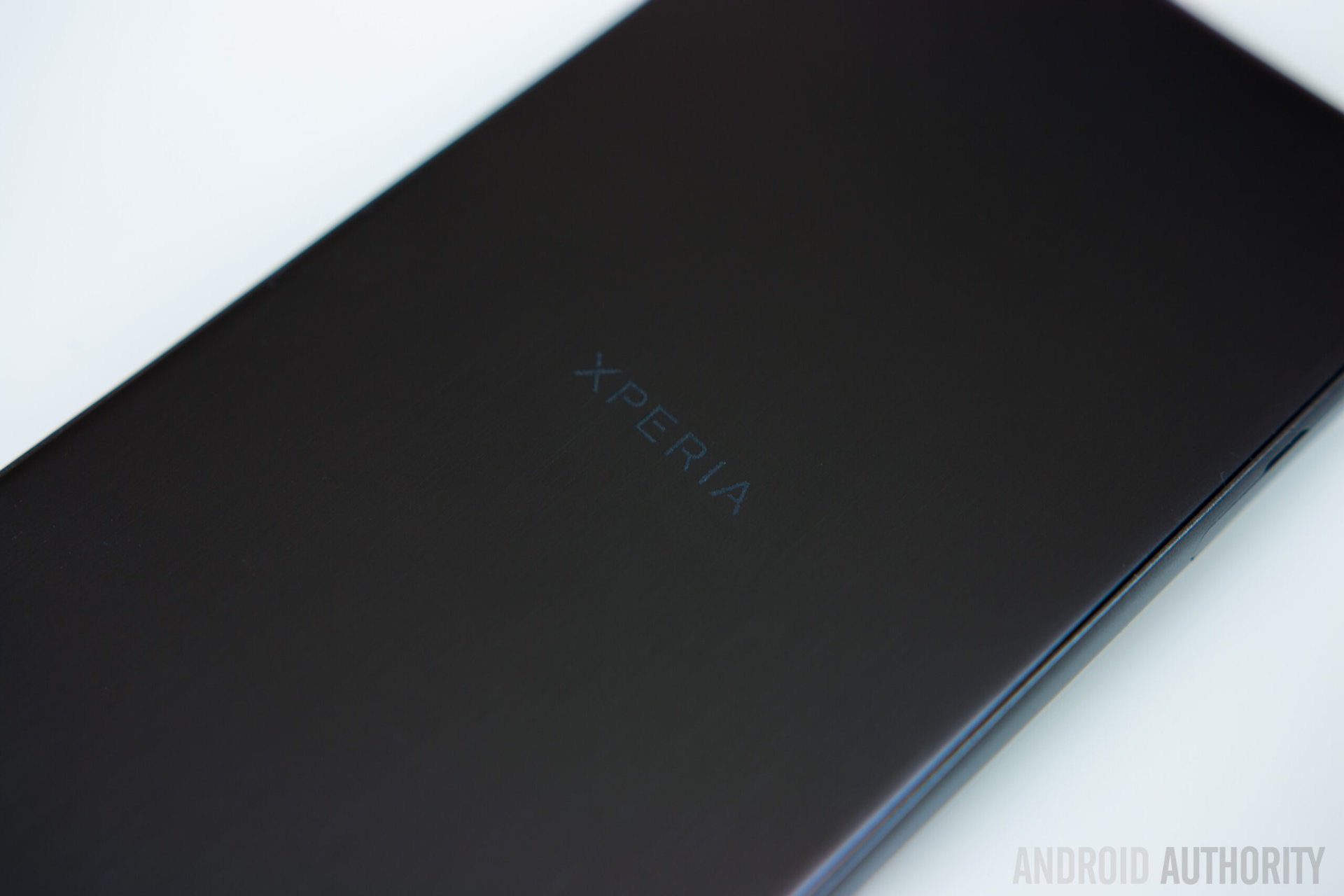
The Xperia X Performance gets its name because of the flagship specifications it has to offer, with the device featuring a quad-core Qualcomm Snapdragon 820 processor, clocked at 2.15 GHz, and backed by the Adreno 530 GPU and 3 GB of RAM. The device does come with 1 GB of RAM less than other current generation flagships, but that hasn’t resulted in any difference in real world performance when compared to its competition.
Everything is as fast and fluid as expected; the touch responsiveness has been great; opening, closing, and switching between apps is as smooth as can be; and playing games has been an enjoyable experience as well. It’s safe to say that performance isn’t an area of concern area, and the Xperia X Performance does well to live up to that part of its name.
Hardware
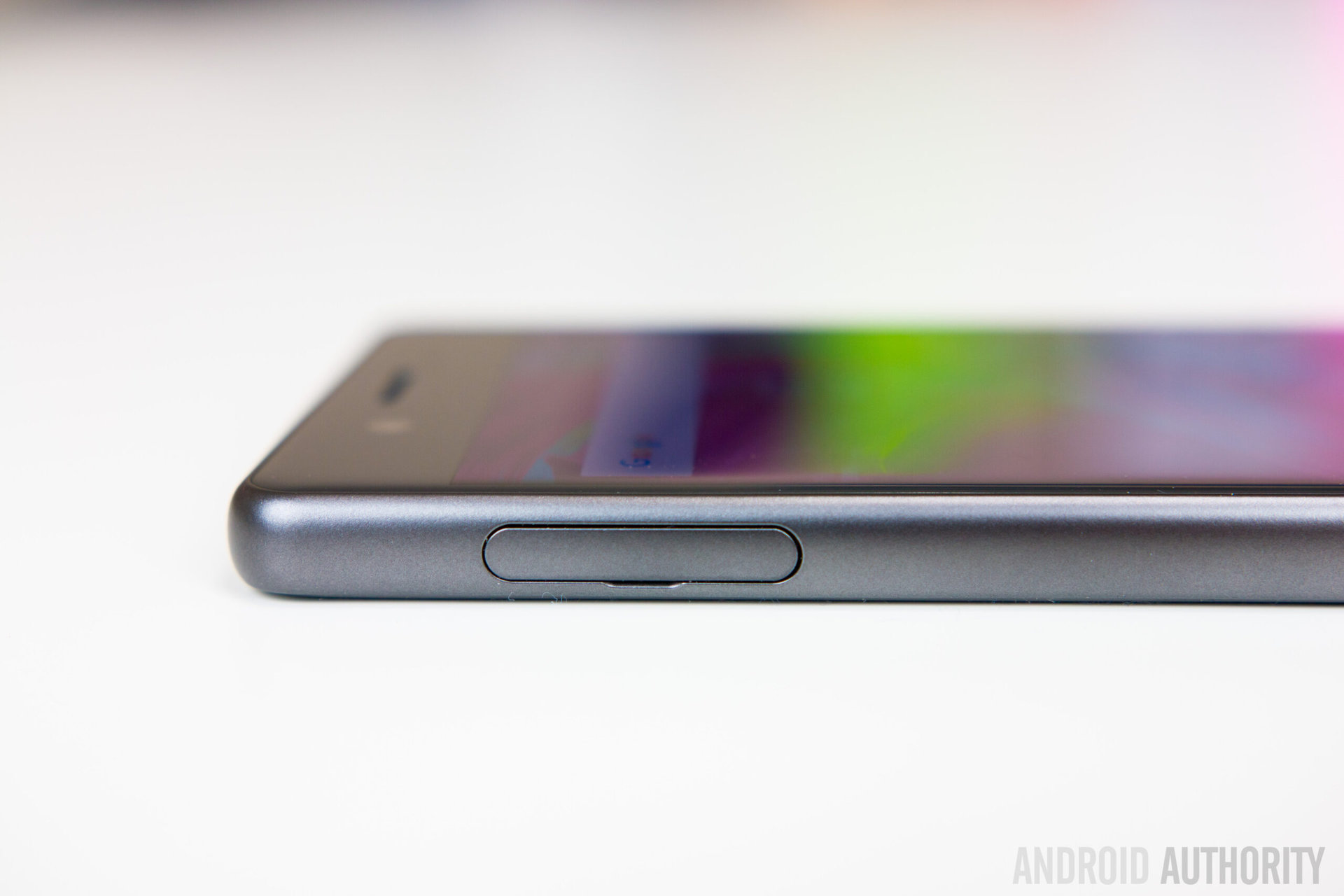
The only storage option that comes with the Xperia X Performance is 32 GB, but you do get expandable storage via microSD card, up to an additional 256 GB. You also get a standard suite of connectivity options with the device, which includes NFC, however, just like the volume rocker, the NFC chip is also placed at a very strange location.
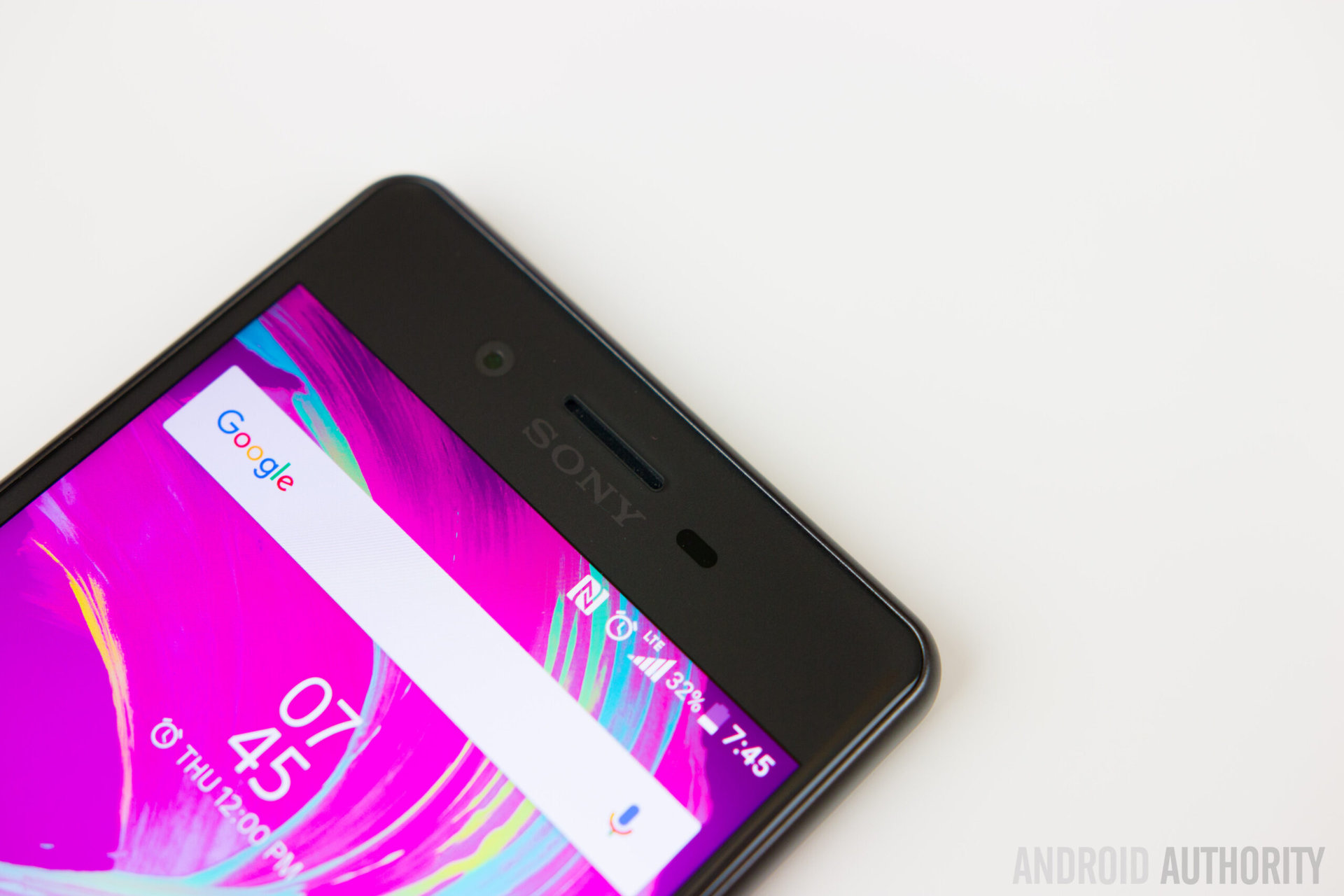
Most phones typically have the NFC chip on the back, but with the Xperia X Performance, Sony chose to put it on the front, at the upper left corner. The biggest problem with this location is it makes things like tapping your phone to beam content to another phone, connecting to a Bluetooth speaker, or using the device for mobile payments, a little more awkward and cumbersome when you can’t see the display. Again, this is just another quirk, but makes you question why Sony chose to do the things that they did with this phone.
One hardware feature the Xperia X Performance doesn’t feature is a fingerprint sensor, and if this phone had been released a couple of years ago, it wouldn’t have been such a glaring omission. However, a fingerprint scanner is now considered standard, and can even be found with smartphones that are available at a fraction of the price. This is certainly a head scratcher, and another curious decision on Sony’s part. Like the Xperia X, the US variant of the Xperia X Performance, which we’ve been testing here, doesn’t come with a fingerprint scanner but the global variant does, making this an even more peculiar decision on Sony’s behalf.
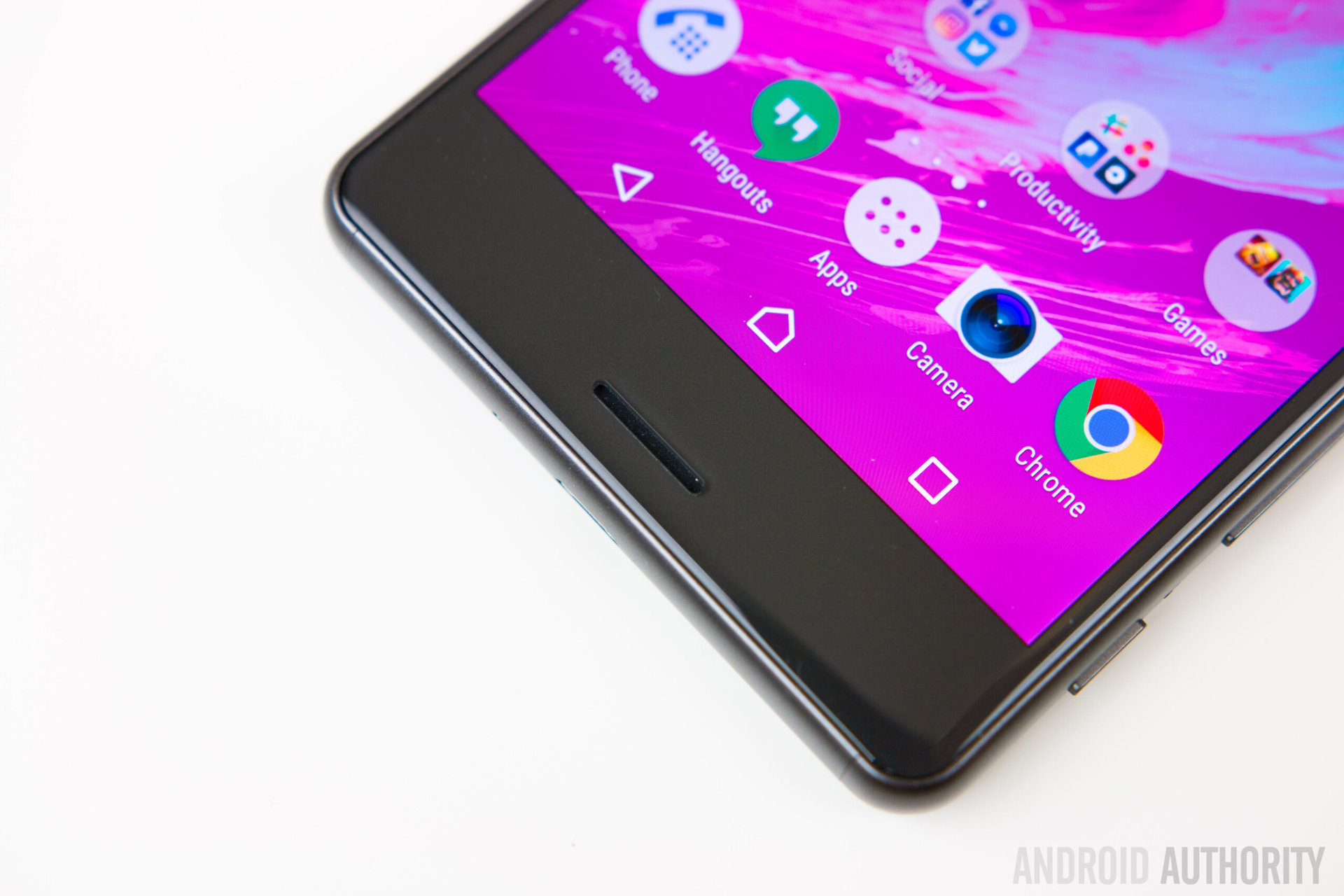
On the positive side, despite certain features being omitted, or the questionable hardware decisions, there are still some things to like about this phone. First off, it has dual front-facing speakers, which are always great to have on a smartphone. Granted, they aren’t the loudest front-facing speakers out there, but they do produce a nice clean sound with no distortion, and they’ve been pleasure to use while gaming or watching Youtube.
Secondly, the Xperia X Performance is the only device in the Xperia X series that comes with a IP 68 rating for dust and water resistance, which means that the device can be submerged in up to 1 meter of water for as long as 30 minutes, with no negative impact on performance. Dust and water resistance has been a staple feature of Sony flagships, and it’s great to see it return with the Xperia X Performance.
The Xperia X Performance comes with a 2,700 mAh battery, which is smaller than you might expect, and not surprisingly, the battery life isn’t particularly impressive. It is good enough to allow for a full day of use as long as you stick to relatively light usage, that involves reading emails, texting, web browsing, social media, and watching videos for a couple of hours. Anything heavier than that, like long gaming sessions, or when using the camera for a long time, and you’ll find yourself needing to charge the device at least once in the middle of the day.
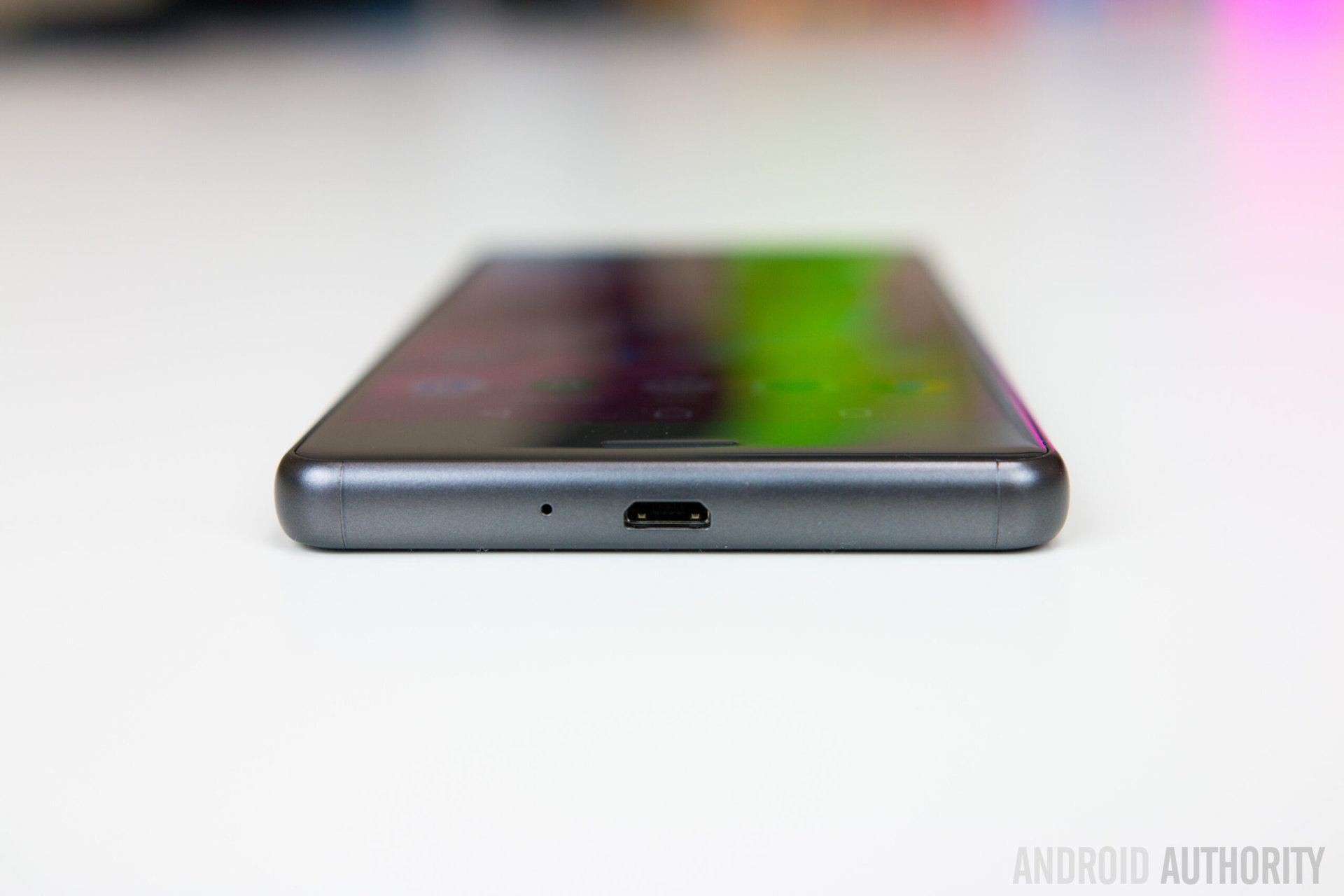
You do get quick charging capabilities with the device though, but while it packs the latest Qualcomm processing package, it utilizes the older Quick Charge 2.0. If you can’t get to a charger and are running low on battery, Sony’s Stamina and Ultra Stamina modes do a good job with stretching out the phone’s battery life, by limiting its functionality.
Camera
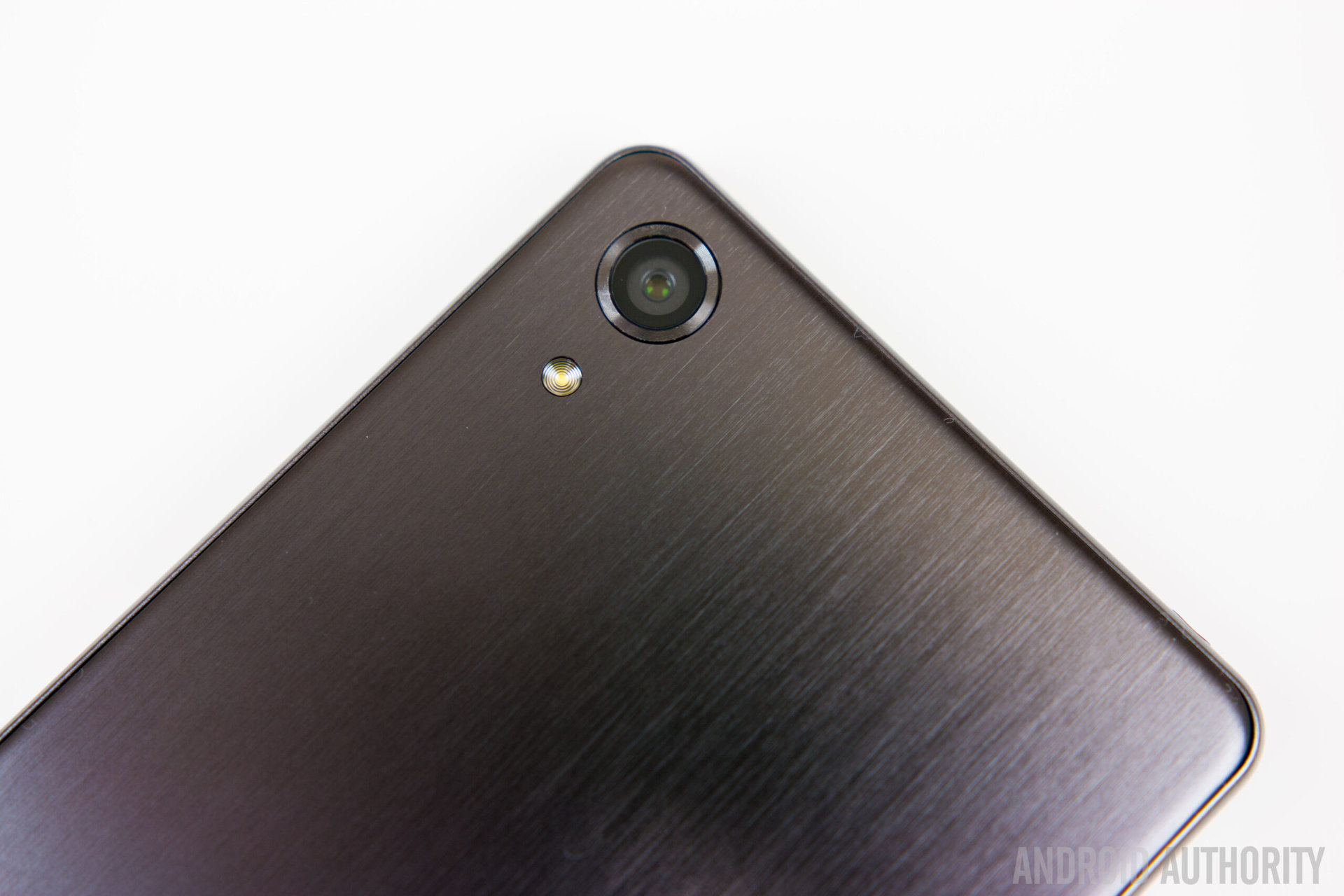
On paper, the camera setup of the Xperia X Performance sounds quite impressive. The front-facing camera is a 13 MP shooter that allows for a lot of detail in the shot, and should more than cover your selfie and video chatting needs. On the back is a 23 MP camera, with a f/2.0 aperture, and a LED flash.
Despite having such a high megapixel count, the Xperia X Performance doesn’t come with 4K video recording capabilities, and instead tops out at 1080p recording at 60 fps. It does, however, come with a continuous tracking autofocus feature that Sony calls Predictive Hybrid Autofocus, which lets you tap on the screen to lock onto a subject, and it works pretty well, provided that the subject isn’t moving too fast.
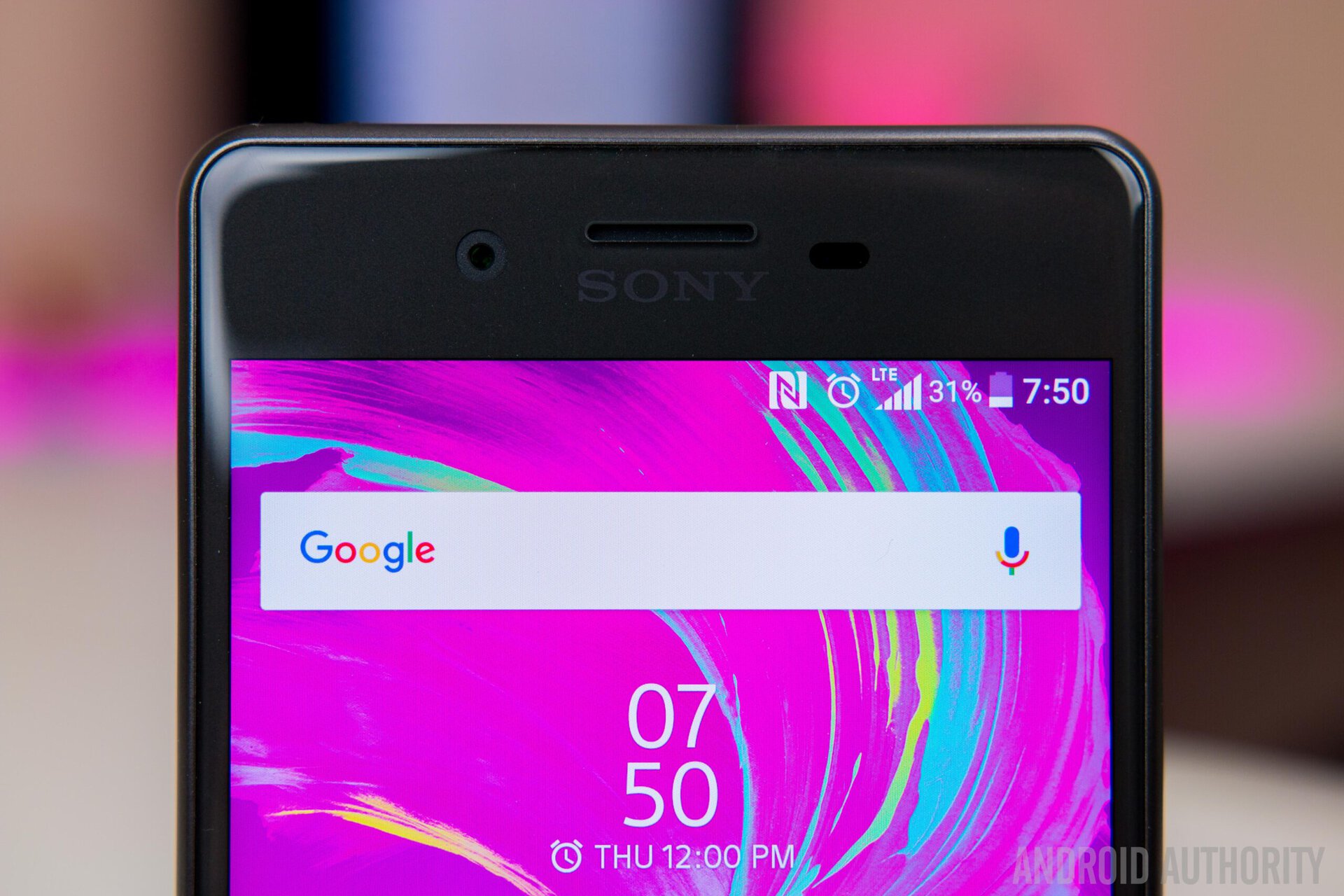
As far as the camera app is concerned, the interface is fairly easy to navigate. Swiping on the display will cycle between Superior Auto, Manual, and Video modes, along with a slew of fun Sony modes that we’ve seen before, such as one where you can insert your face into a picture, or another where you can AR effects to the scene, such as having dinosaurs crawl across the floor of your living room, or have lasers shooting out from your eyes.
Having a manual mode is always nice, but here, you only have the option to tweak the white balance and exposure, while manual modes with other smartphones offer a whole lot more. HDR is also available in the settings only when shooting using the manual mode, which seems counter intuitive, and doesn’t make a whole lot of sense, since people usually use the Auto mode the majority of the time.
The quality of images captured with the Xperia X Performance is generally pretty good. In bright lighting conditions, pictures are very well detailed, vibrant, and colorful, even if it does tend to make bright colors like pink and purple look unnatural. It also has a problem with over crushing shadows, but HDR does make a big difference here, helping to drastically reduce the shadows and bring back a lot of the detail, which is why it’s annoying to see HDR available only in the manual mode. Low light performance isn’t terrible, but nothing to write home about either. The camera still produces some very usable photos, but you can easily see the soft details and noise start to creep in as the lights get dim.
Software
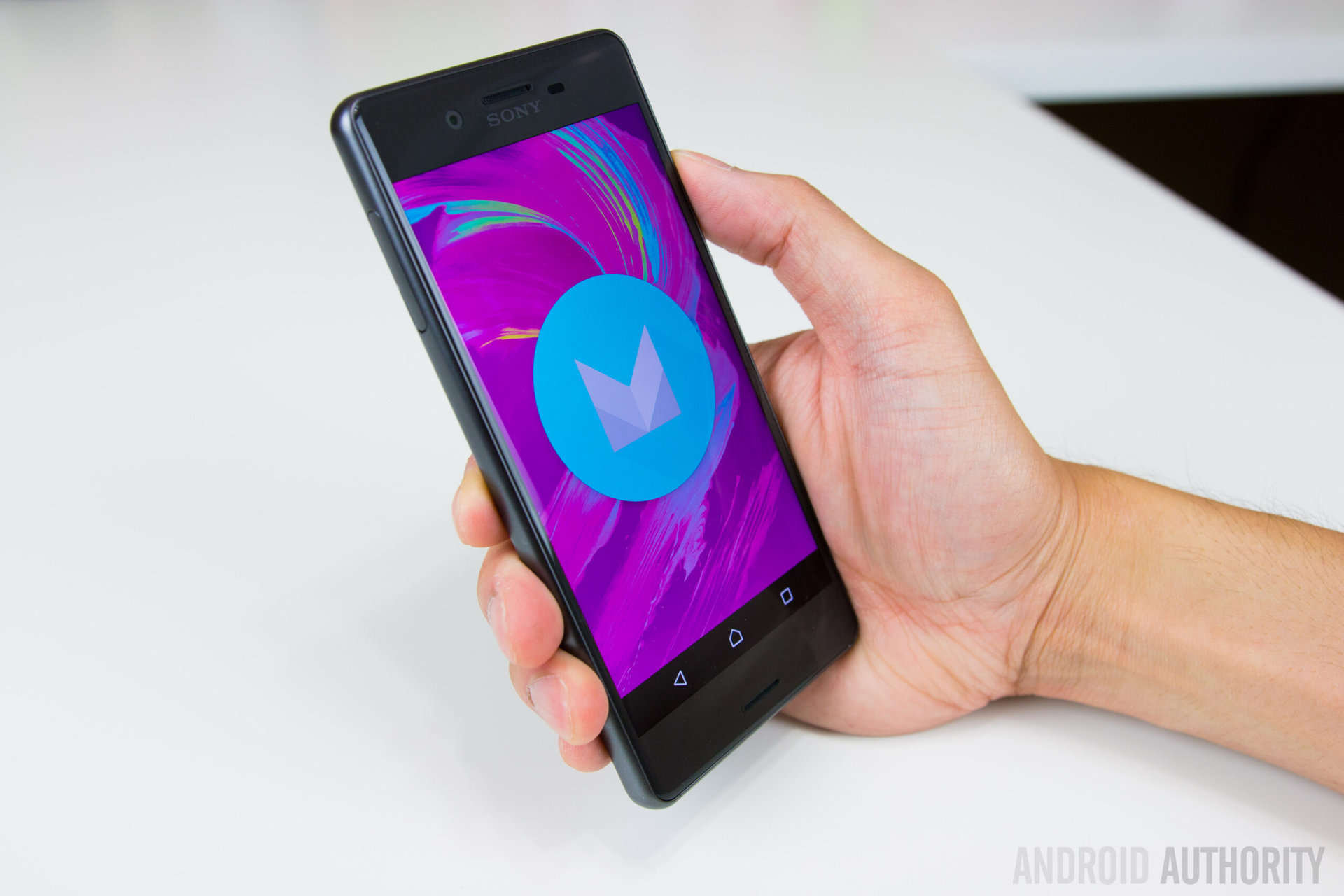
On the software side of things, the Xperia X Performance is running Android 6.0 Marshmallow, with the Xperia UI on top. Software is one area where Sony has always pretty good, and while it clearly isn’t stock Android, it is a minimalistic UI, with Sony’s updates bringing a flatter look which blends a lot better with Google’s Material Design.
You get the usual Sony applications like Lifelog, and features like PlayStation integration, that lets you remotely play your PlayStation games on your phone, but other than that, there isn’t a lot of bloat you have to deal with. Sony also doesn’t overwhelm the software experience with a bunch of extra features that you won’t end up using.
There are a few useful ones though, such as double tap to wake, custom icon packs, and a built-in Themes engine to customize the look and feel of the interface. Granted, there aren’t a lot of options to choose from, but there are a few nice options available. The only software tweak that I didn’t find particularly useful is the suggested and recommended apps pane, which you can access by swiping down on the homescreen or through the app drawer. Thankfully, this can be disabled easily and overall, Sony’s interface is certainly one of the cleanest and most minimalistic out there.
Specifications
| Display | 5-inch IPS LCD display Full HD resolution, 441 ppi |
|---|---|
Processor | 2.15 GHz quad-core Qualcomm Snapdragon 820 processor Adreno 530 GPU |
RAM | 3 GB |
Storage | 32 GB expandable via microSD up to 256 GB |
Cameras | 23 MP rear camera, f/2.0 aperture, LED flash 13 MP front-facing camera, f/2.0 aperture |
Connectivity | Wi-Fi 802.11 a/b/g/n/ac Bluetooth 4.2 GPS + GLONASS NFC microUSB 2.0 |
Software | Android 6.0 Marshmallow |
Battery | 2,700 mAh |
Dimensions | 143.7 x 70.4 x 8.7 mm 164.4 grams |
Gallery
Pricing and final thoughts
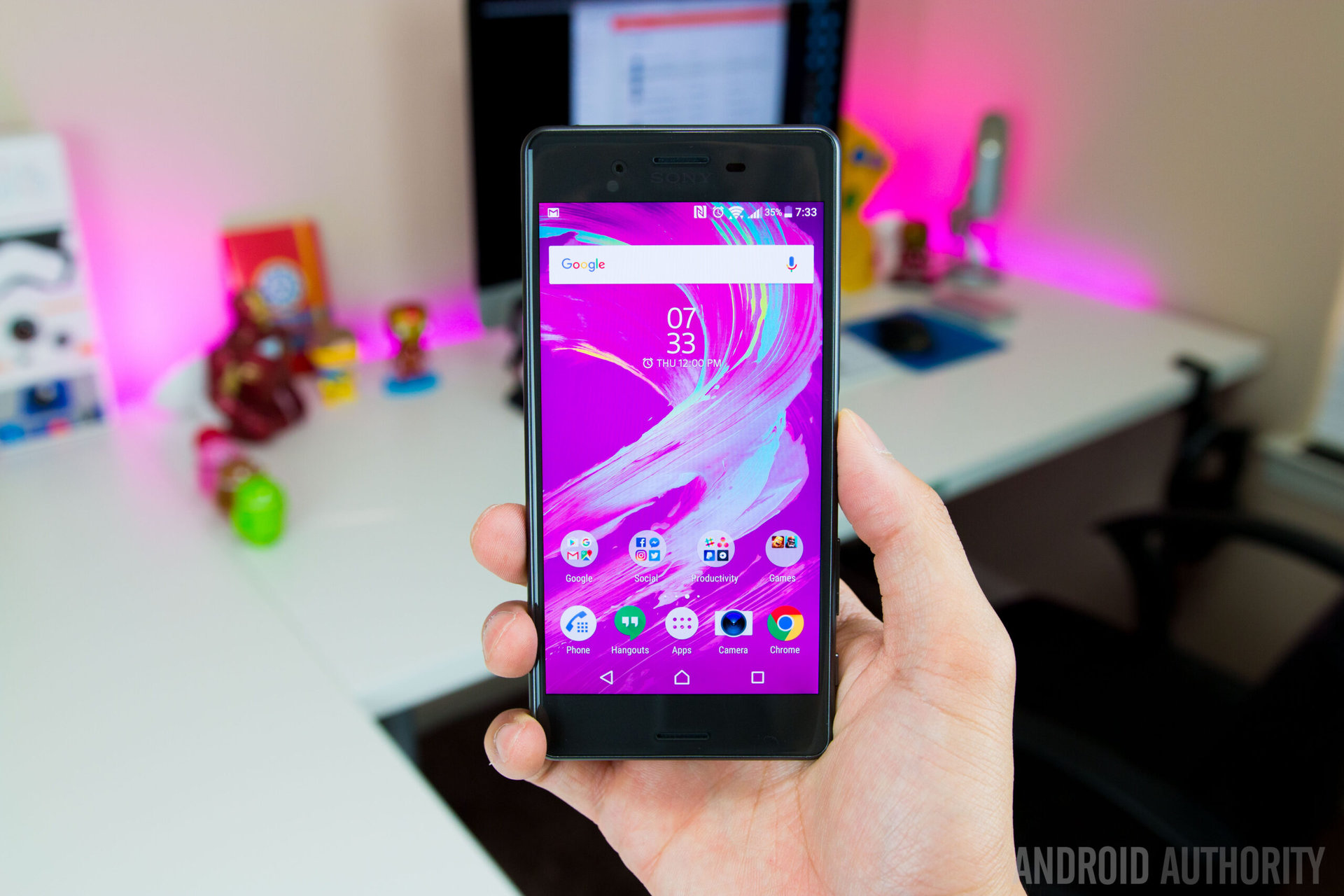
There you have it for this in-depth look at the Sony Xperia X Performance! There is no doubt that this is a good phone, and while there are some quirks and odd hardware decisions, they aren’t significant enough to be considered huge problems. However, an important point to keep in mind is that this device is priced the same as other currently generation flagships like the LG G5, HTC 10, and Samsung Galaxy S7, and the price is what definitely works against it.
You will have a good time with this phone if you do decide to pick it up, but at this price point, it is difficult to justify recommending this handset.
At this price point, and when looking at the competition, you’d expect things like a Quad HD display, a fingerprint scanner, and a camera that is capable of recording in 4K. On the flip side, there are significantly cheaper phones, like the OnePlus 3, that also offer some of these features, but at a fraction of the cost, so even if the Xperia X Performance was priced at the $500 range, it may still not be a great buy. You will have a good time with this phone if you do decide to pick it up, but at this price point, it is difficult to justify recommending this handset.
What do you think of the Xperia X Performance and do you plan to buy one? Or are the compromises too much, and if so, which handset would you rather have instead? Let us know your views in the comments below!